Dancing in the Skies: A Journey into the Northern Lights
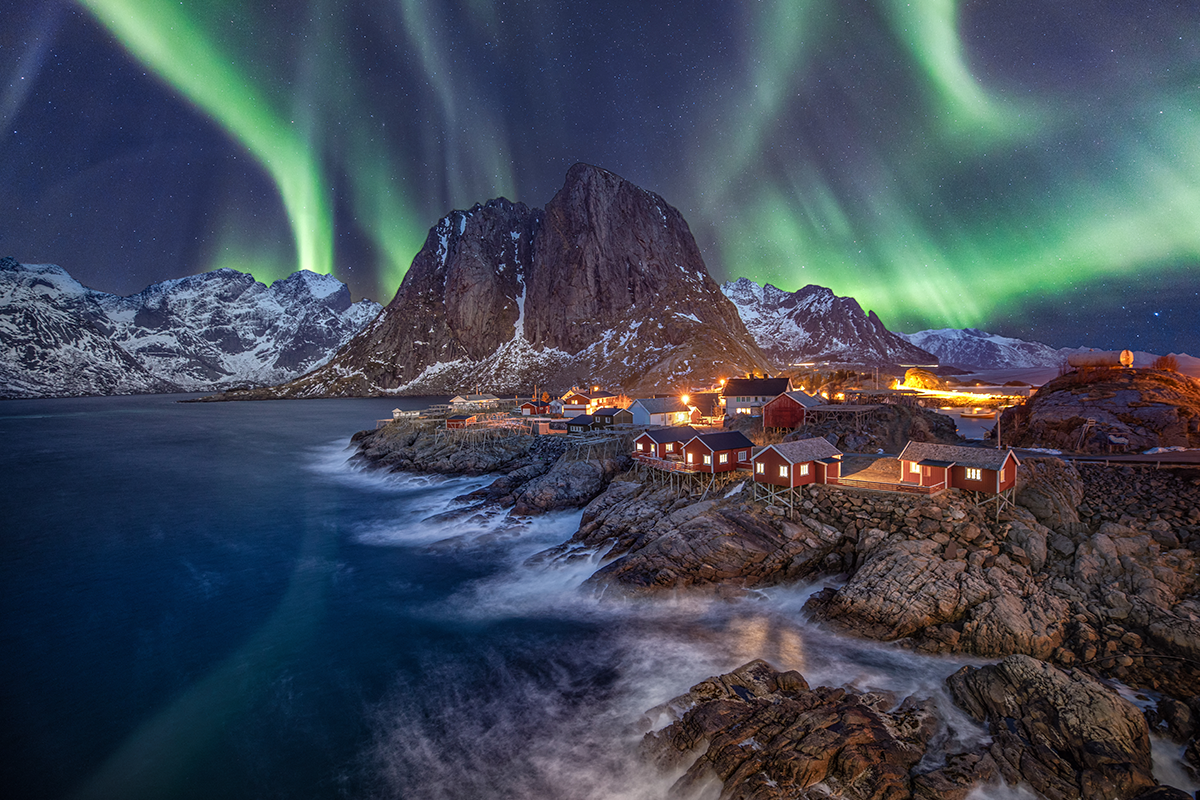
The northern lights, also known as the Aurora Borealis, have captivated humanity for centuries. These enchanting displays of colourful lights in the Arctic and Antarctic regions have sparked legends, inspired poets, and left scientists in awe. In this blog, we will delve into the fascinating phenomenon of the northern lights, exploring the science behind these celestial displays, the cultural significance they hold, and the best locations to witness this breathtaking spectacle.

Northern Lights near Tromsø, Norway 
Electrons and protons being ejected from the sun 
Aurora Borealis over Fairbanks, Alaska, U.S.A. 
Solar winds route to earth. 
The Northern Lights over Reykjanes Peninsula, Iceland 
Electrons and protons leaving the sun as solar winds 
Equipment is important to photograph the Auroras 
Northern Lights over Lofoten; Norway
The Science Behind the Northern Lights
The northern lights occur when charged particles from the sun, mainly electrons and protons, collide with the Earth’s atmosphere. The solar wind, a stream of charged particles constantly emanating from the sun, carries these particles towards the poles. As these particles collide with gases in the Earth’s atmosphere, such as oxygen and nitrogen, they release energy in the form of light, creating the vibrant hues that paint the night sky.
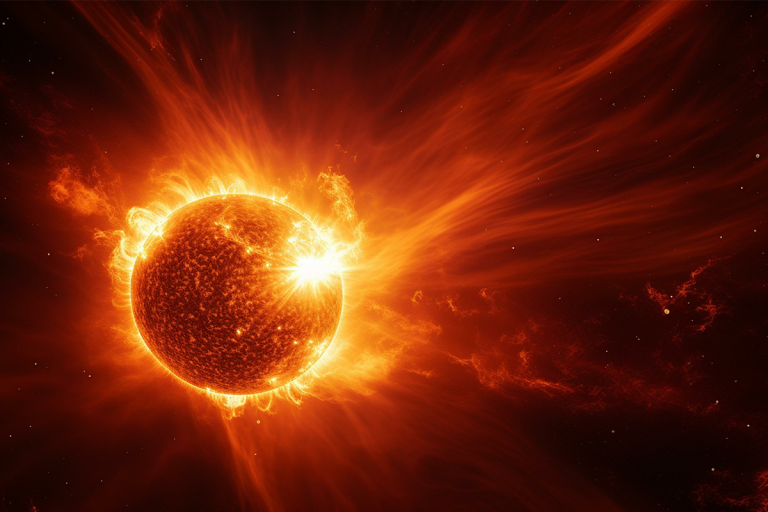

The Colours of the Auroras
One of the most awe-inspiring aspects of the northern lights is the variety of colours they can exhibit. The specific gas particles involved in the collisions and their altitude determine the colours produced. Oxygen at higher altitudes can create red and green hues, while nitrogen can produce purples, pinks, and blues. The dance of colours across the night sky creates a celestial masterpiece that has intrigued scientists and artists alike.
The Northern Lights are like a celestial ballet of light dancing across the night sky. ~ Harriet Tubman
The Best Places to Witness the Northern Lights
To witness the northern lights in all their glory, one must venture into the high-latitude regions near the magnetic poles. Popular destinations for viewing the Aurora Borealis include Alaska, Canada, Iceland, Norway, Sweden, and Finland. These locations offer not only a front-row seat to the light show, but also stunning landscapes that enhance the overall experience.
Alaska, with its vast wilderness and clear skies, provides an excellent backdrop for the northern lights. Fairbanks, in particular, is renowned for its consistent aurora activity. Canada, especially the Yukon and Northwest Territories, offers remote locations with minimal light pollution, providing optimal conditions for aurora viewing.
Iceland, with its otherworldly landscapes and geothermal features, is another hotspot for witnessing the northern lights. The country’s winter months, with long nights and clear skies, create ideal conditions for observing the aurora. Similarly, the Scandinavian countries – Norway, Sweden, and Finland – boast numerous locations within the Arctic Circle where the northern lights frequently grace the night sky.


Cultural Significance of the Northern Lights
Throughout history, various cultures have woven myths and legends around the northern lights, attributing these celestial displays to supernatural beings or events. In Norse mythology, people believed that the Valkyries rode across the night sky, and the lights were the reflections of their armour. Indigenous peoples in the Arctic regions often have their interpretations and stories associated with the aurora, reflecting a deep connection between these communities and the natural world.
For some indigenous cultures, the northern lights hold spiritual significance, representing the souls of the departed or acting as messengers from the spirit world. Understanding the cultural context adds another layer of enchantment to the northern lights, transforming them from a scientific phenomenon to a deeply spiritual and mystical experience.
Photographing the Auroras
Capturing the beauty of the northern lights requires a combination of skill, patience, and the right equipment. To photograph the aurora, one needs a camera with manual settings, a sturdy tripod, and a wide-angle lens to capture as much of the sky as possible. Using a remote shutter release can help avoid camera shake during long exposures.
Choosing the right location is crucial for photographing the northern lights. Avoiding light pollution and selecting a location with a clear view of the horizon enhances the chances of capturing stunning aurora photographs. Additionally, monitoring space weather forecasts and aurora alerts can help photographers plan their shoots during periods of heightened solar activity.
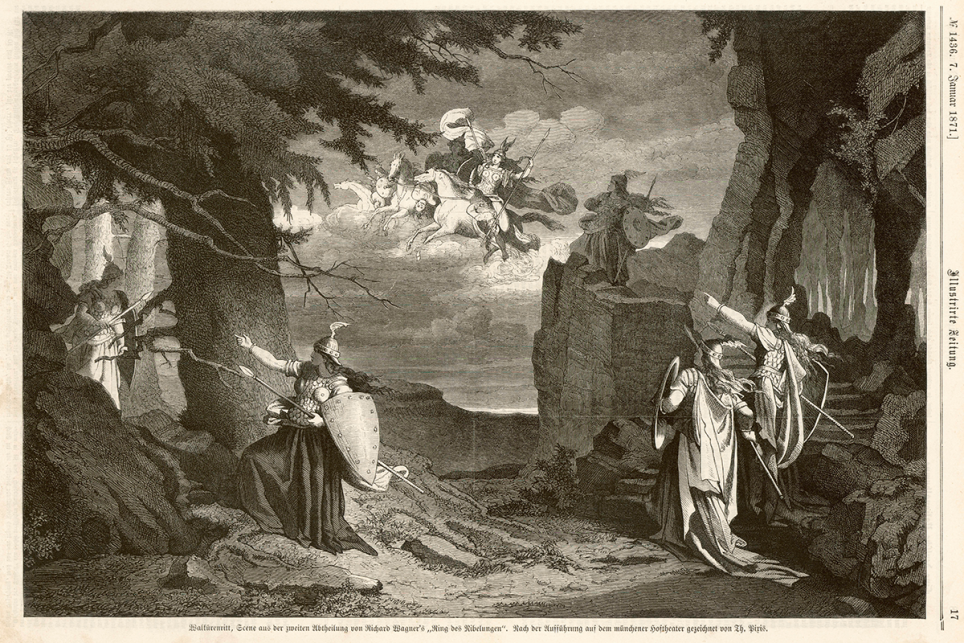

Experiencing the Magic
Beyond the scientific and cultural aspects, seeing the northern lights is a deeply personal and emotional experience. The dance of colours across the night sky creates a sense of wonder and awe, evoking a connection to the vastness of the cosmos. The stillness of the Arctic night, broken only by the ethereal glow of the aurora, transports observers to a realm where time seems to stand still.
For many, the northern lights are a bucket-list-worthy experience, drawing travellers from around the world to the far reaches of the Earth. The pursuit of this natural wonder has led to the development of aurora tourism, with tour operators offering specialised trips to prime locations for the best aurora viewing. Whether it’s a dog sledging adventure in Alaska or a cosy cabin retreat in Lapland, the options for experiencing the magic of the northern lights are as diverse as the colours that grace the night sky.
Conservation and Sustainable Tourism
As interest in the northern lights continues to grow, it becomes crucial to address the impact of tourism on the fragile Arctic ecosystems. Sustainable tourism practices, such as minimising light pollution and respecting local wildlife, are essential for preserving the pristine environments that serve as the backdrop for the aurora displays. Community engagement and collaboration between travellers, tour operators, and residents can ensure that the magic of the northern lights remains accessible for future generations.
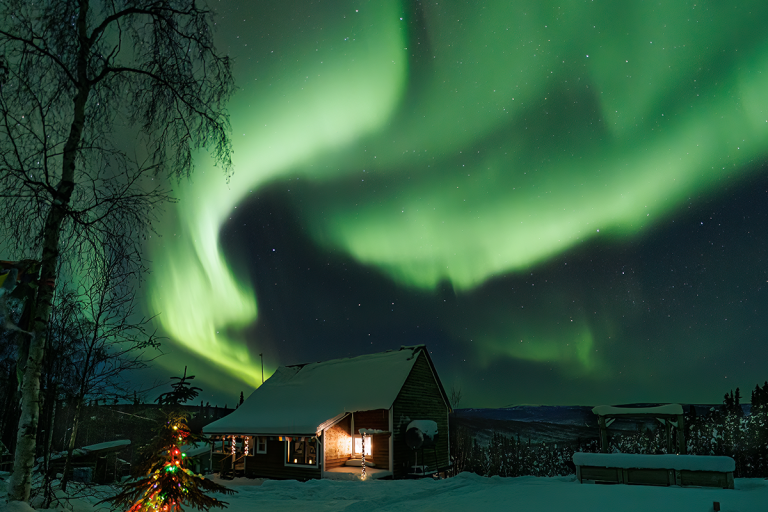
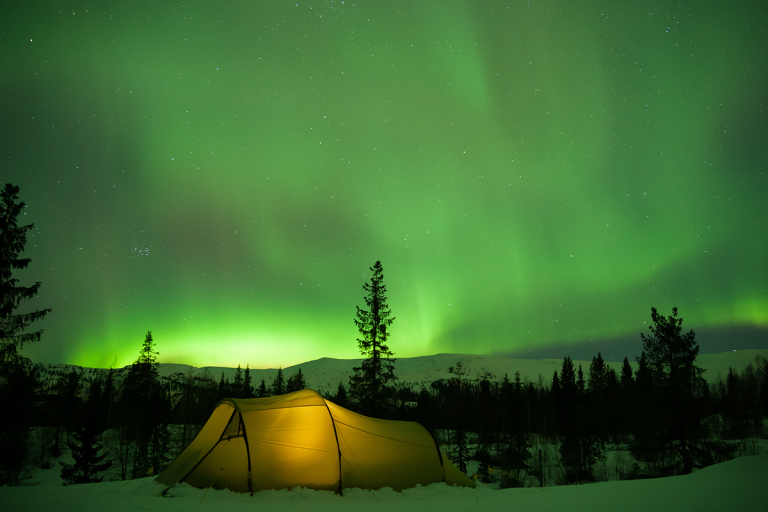
The northern lights, with their celestial ballet of colours, continue to be one of the most captivating natural phenomena on Earth. From the scientific wonders that create these lights to the cultural significance they hold in various societies, the aurora borealis represents a harmonious convergence of art and science. As travellers chase the elusive dance of the lights, it is imperative to embrace sustainable practices to ensure that this awe-inspiring spectacle is still a beacon of wonder for generations to come. So, bundle up, head north, and let the northern lights guide you on a journey into the heart of the Arctic night.